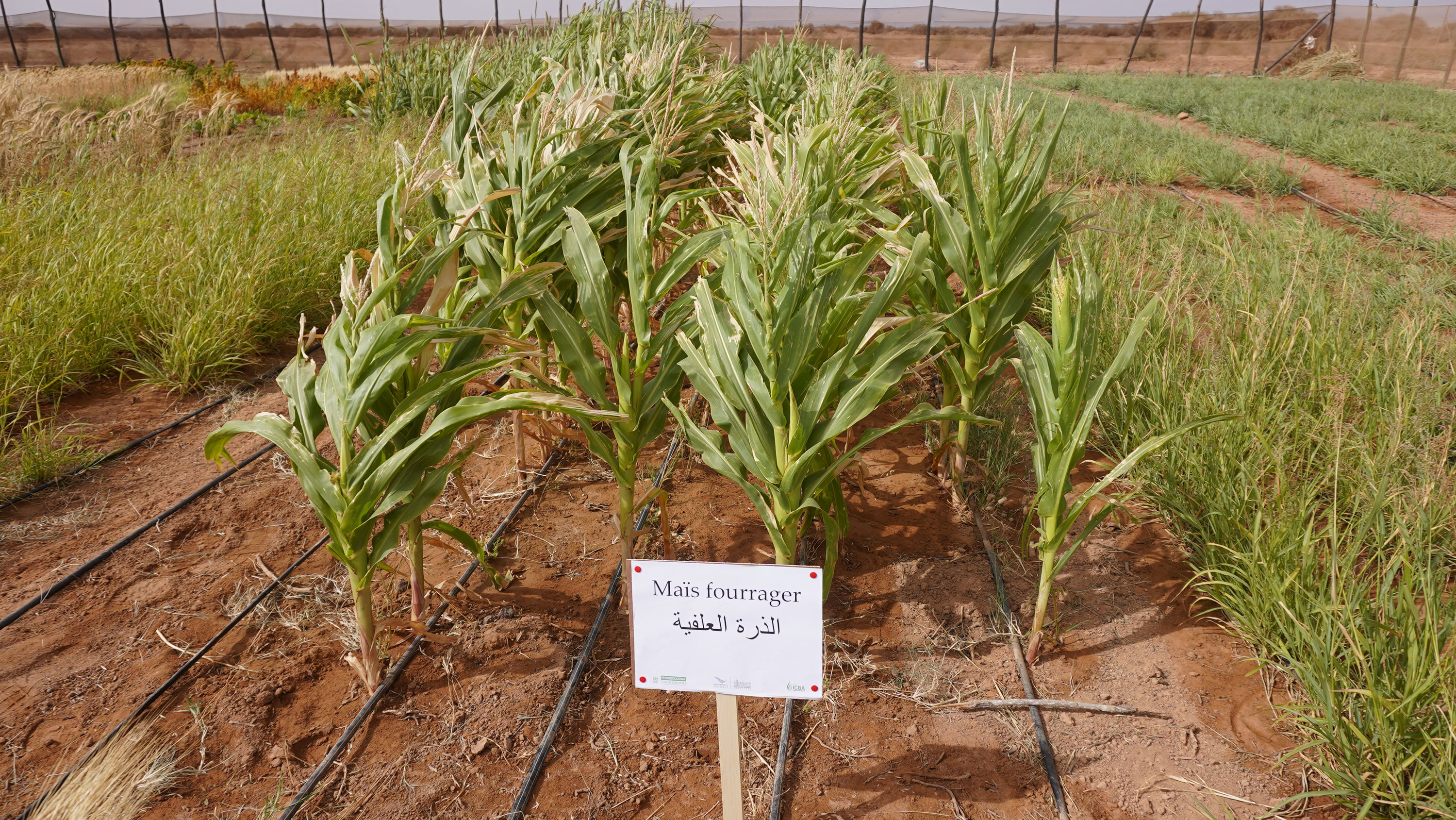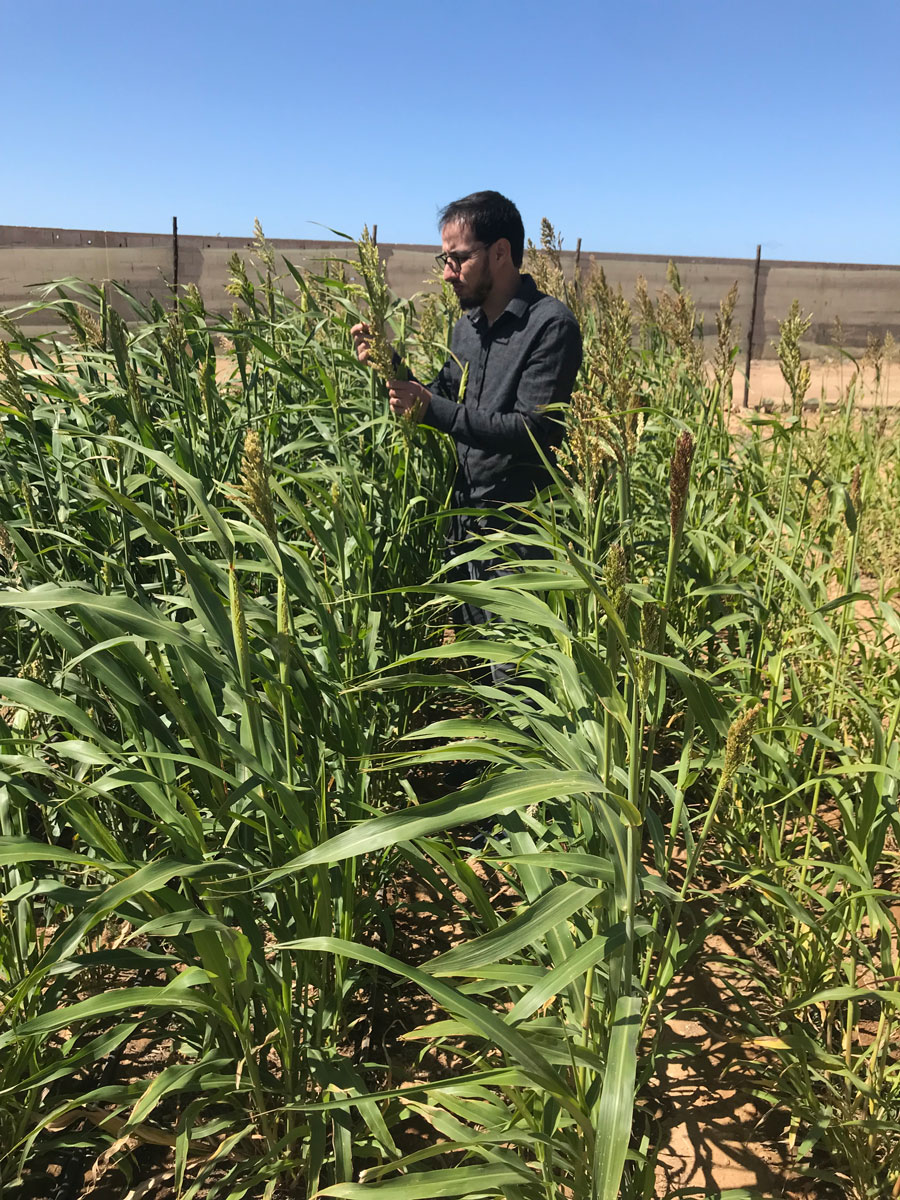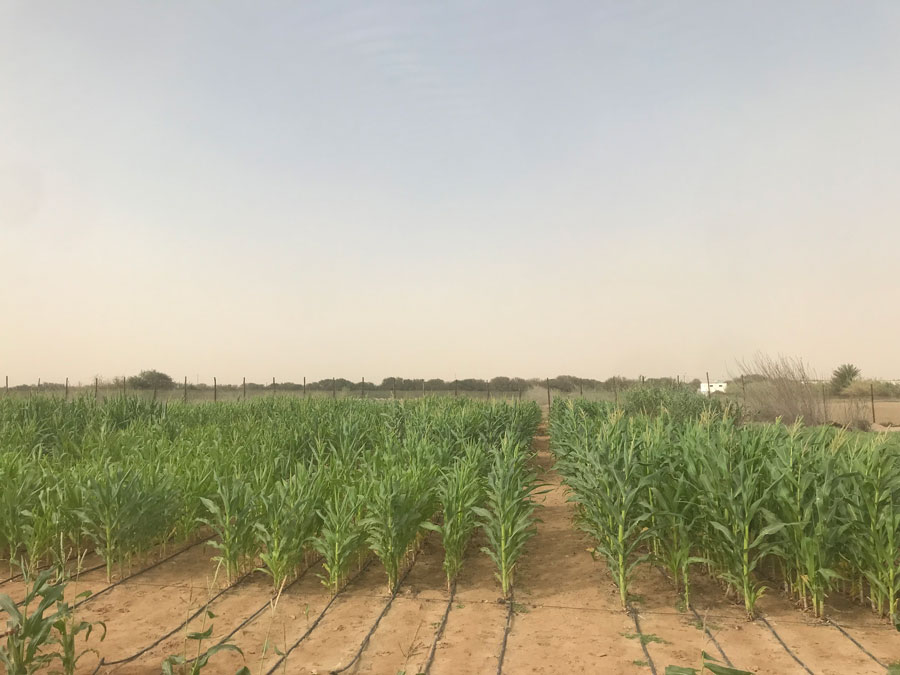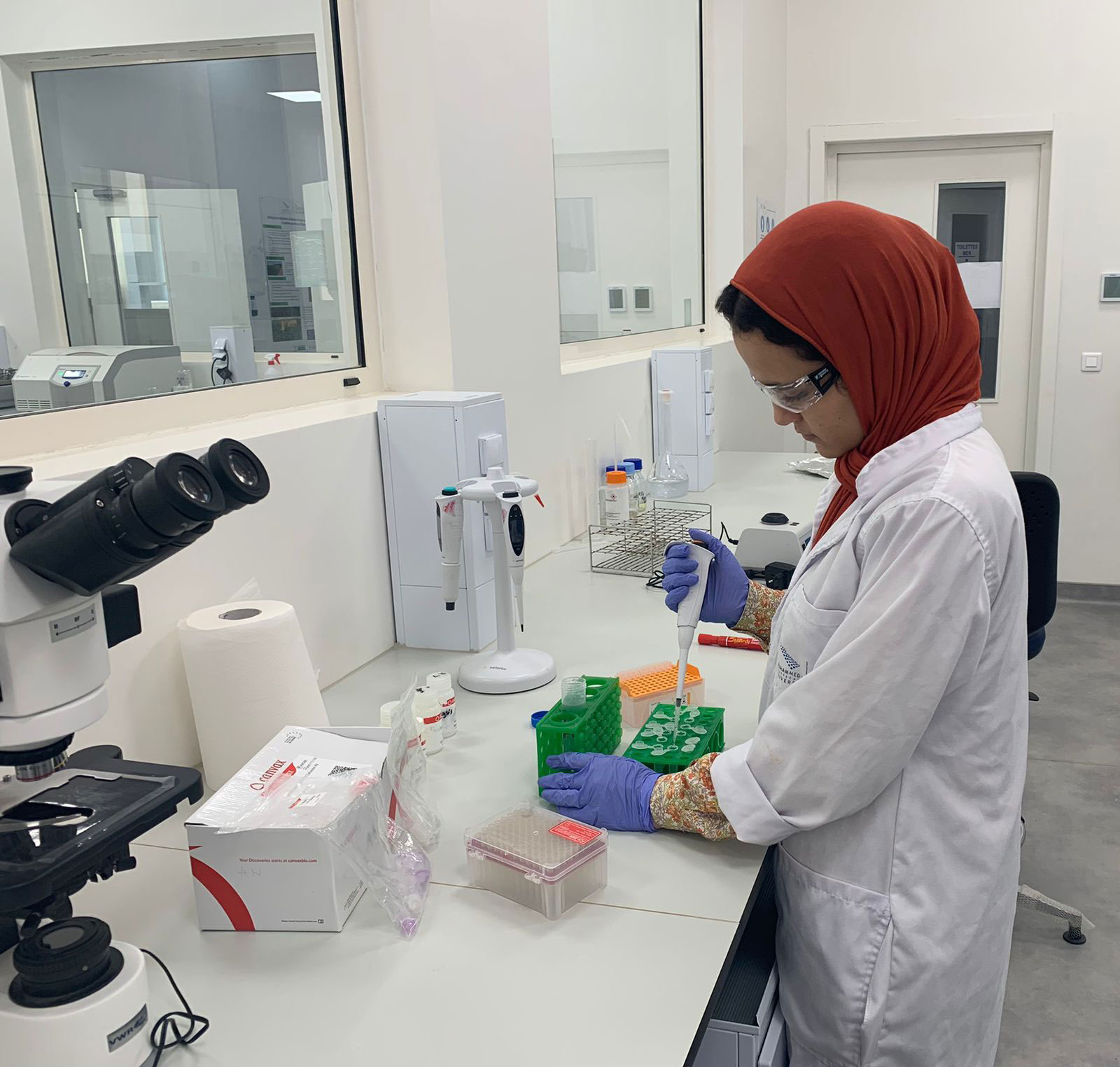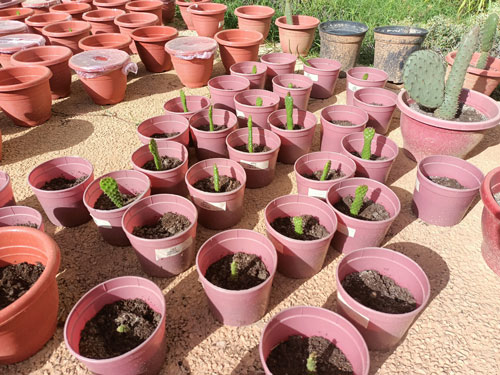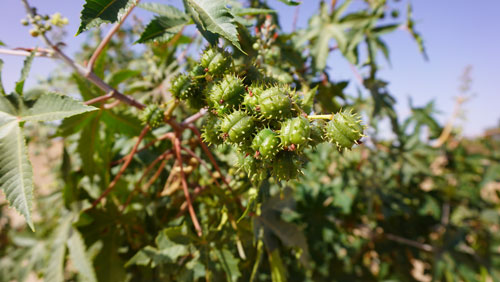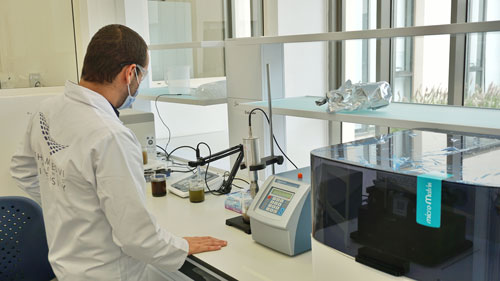OPTIMIZING SUSTAINABLE FORAGE PRODUCTION THROUGH PHENOTYPING OF
SORGHUM AND CORN GERMOPLASMS TO PRESERVE BIODIVERSITY
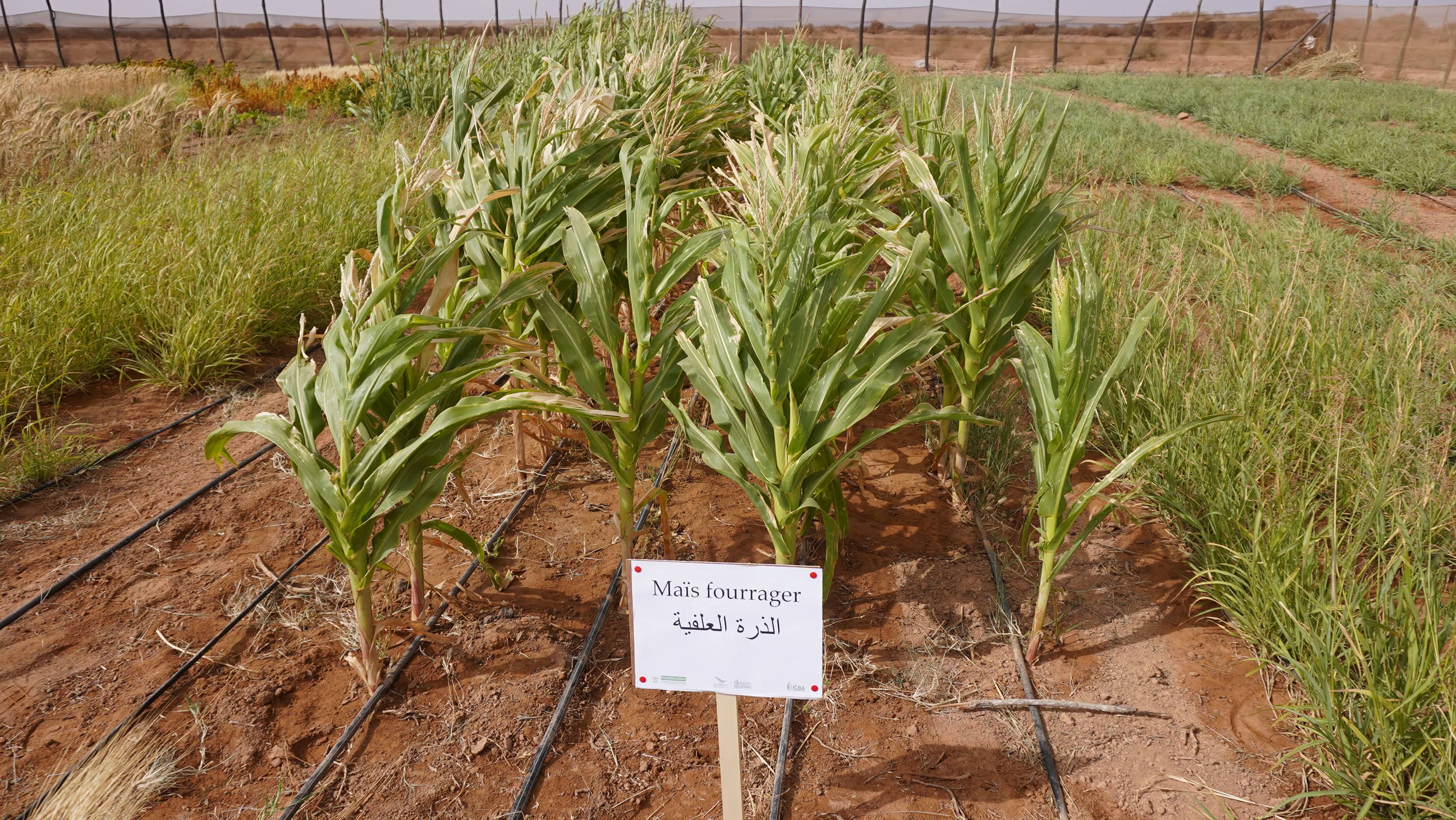
In order to improve forage productivity in arid regions, the Foundation
supports a germplasm phenotyping and characterization project launched by UM6P - ASARI which aims to develop varieties of Sorghum and corn resistant to salinity and drought. This project aims to optimize yields while preserving biodiversity and strengthening local scientific capacities.
The sorghum and corn germplasm phenotyping project fits perfectly with the Foundation's strategy to contribute to the sustainable development of bio-saline agriculture. This project aims to select the most resistant varieties adapted to extreme environmental conditions by assessing and characterizing the genetic diversity of these crops.
Scientific research approach
As part of this project, 3 research platforms, located mainly in Foum El Oued, were implemented, thus providing an ideal framework for observing and analyzing the performance of germplasm in real conditions. At the same time, the Foundation presented its support for training programs designed by ASARI to strengthen the skills of local farmers, students and researchers in the field of sustainable agriculture and biodiversity conservation.
Real impact on the environment and communities
By optimizing genetic diversity and selecting resistant varieties, the project effectively contributes to the preservation of agricultural biodiversity and the resilience of ecosystems, in addition to the increase in forage productivity in arid regions thanks to these adapted varieties strengthens the food security of local livestock farms.
The project to optimize sustainable forage production through phenotyping of sorghum and maize germplasm contributes to the SDGs in different ways. It mainly contributes to SDG 2 (“Zero” Hunger) by improving agricultural productivity in arid regions through the selection of varieties resistant to salinity and drought. Furthermore, by preserving agricultural biodiversity through the selection and characterization of germplasm, this project supports SDG 15 (Life on land). It also promotes the strengthening of local scientific capacities through the training of researchers and students (SDG 4, Quality Education) and contributes to SDG 17 (Partnerships for the Goals) by establishing collaboration between the Phosboucraa Foundation, UM6P and other partners.

for analyzing forage parameters installed and equipped

greenhouse installed
3 articles were published

1 Training was organized for local farmers

1 master student, 3 research assistants and 1 post-doc fellow were trained
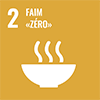
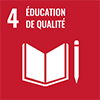

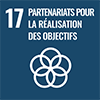
Installation of 3 research platforms dedicated to germplasm phenotyping, promoting the diversity of varieties studied.
Assessment of 100 sorghum and corn germplasms, allowing the identification of the most promising genetic characteristics for resilient crops.
Increase in corn yield by 17% and sorghum by 15%, thanks to the selection of
